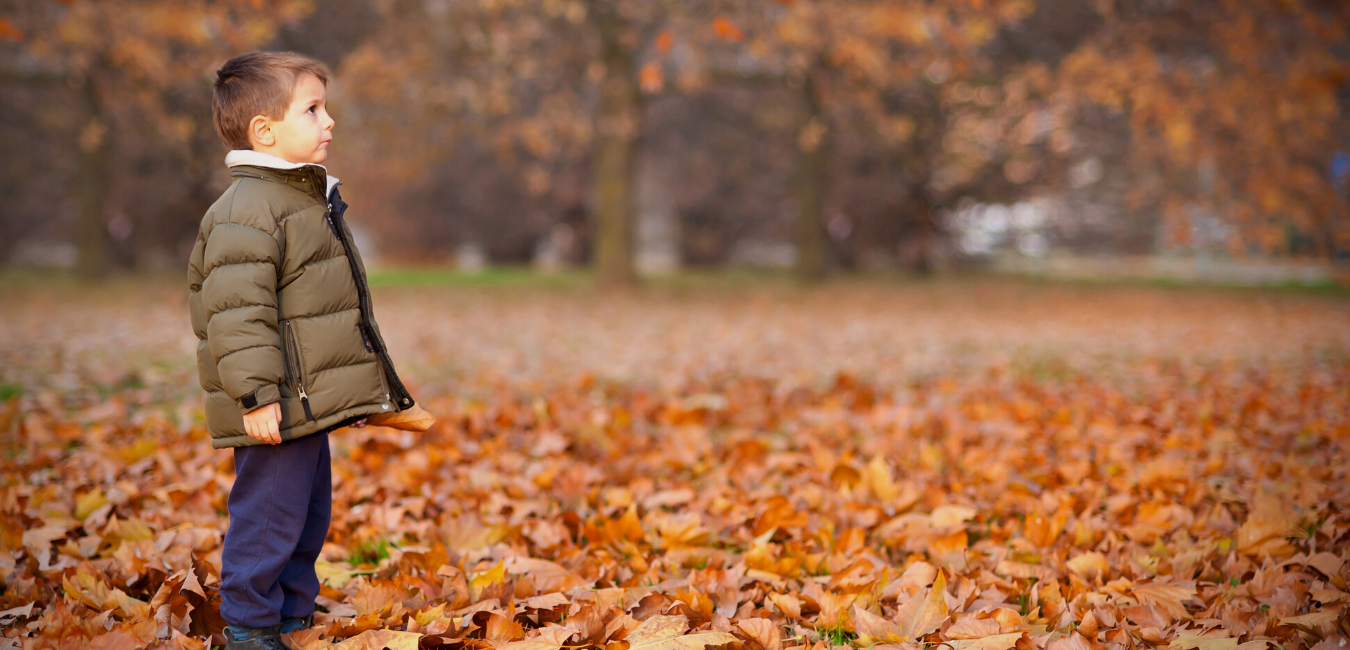Nature Deficit Disorder, a term coined by Richard Louv in his book, Last Child in the Woods, describes the behavioral impacts of children spending less time in nature and more time indoors. Some side effects include: increased childhood obesity, attention disorders, and depression. The Coronavirus pandemic makes it even harder for kids to get outside, so we must do what we can to make sure children get the outdoor experience they need.
To combat Nature Deficit Disorder, some schools have created environmental education programs, green school yards and natural playgrounds. We need to push for advanced environmental education programs in Long Island public schools so our kids can truly learn and appreciate how the natural world works. It’s equally as important to promote outdoor playtime. Constructing green school yards or natural playgrounds will give students a much-needed break from the sedentary classroom life. Some schools with these strategies see improved test scores, less bullying, and happier students overall. With the benefits being clear, why haven’t we seen public schools push to connect their students with nature?
While we wait for schools to incorporate class outside, what can you do to ensure your child doesn’t suffer the consequences of Nature Deficit Disorder? You can start by limiting screen time, but this won’t be enough. You must take your kids outside! Even adults need to reignite their adventurous side every once and while. Maybe you want to take a hike through the pines, or go bird watching, but don’t know where to go. We’ve got you covered at the Long Island Pine Barrens Society. Check our recreation tab on our website (www.pinebarrens.org/recreation/) and choose the activity you want to do! We’ll map it out for you, you just need to choose where to go!
Learn more about Nature Deficit Disorder in our upcoming newsletter – stay tuned!
By: Miranda Gonzales, Long Island Pine Barrens Society


